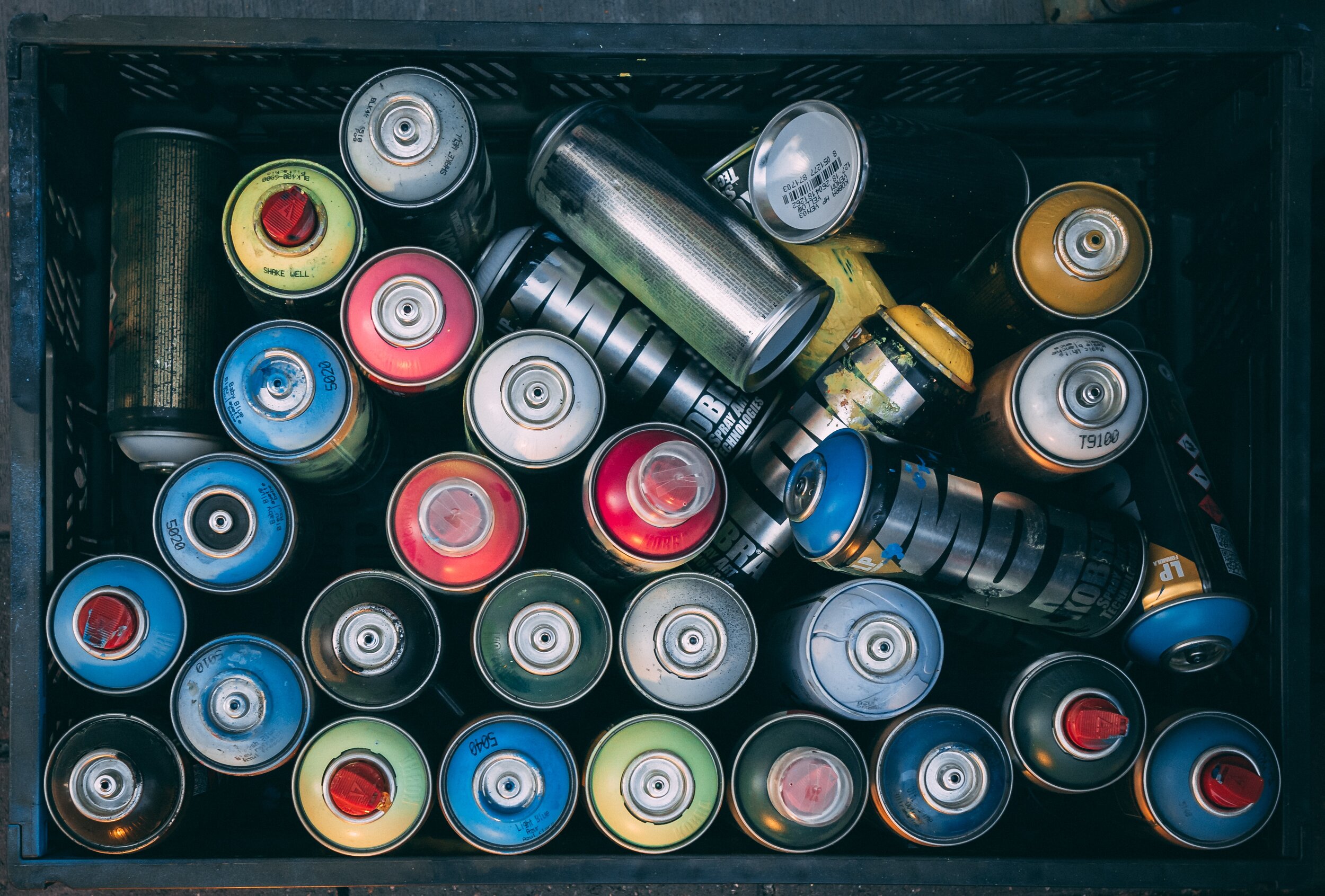According to the Diagnostic and Statistical Manual of Mental Disorders, Fifth Edition, Inhalant Use disorder refers to the intentional inhalation of vapours or fumes from specific chemical agents or commercial products to achieve intoxication or psychotic effect (APA, 2000).
Some of the inhalants used by people are common household and workplace products like glue, nail polish remover, gasoline, lighter fluid, spray paints, etc. (Substance Abuse and Mental Health Services Administration [SAMHSA], 2008b). Similar to other substance associated disorders, people experience intense cravings for the inhalants and experience difficulty in controlling and stop engaging in the behaviour. The National Institute on Drug Abuse in the U.S reports that this disorder is more common in teenagers than in any other age group (as cited in Howards, et. al., 2011).
Inhalant use is associated with a variety of adverse effects and psychological outcomes, for instance, it can produce similar effects to alcohol intoxication, consisting of dizziness, slurred speech, euphoria, tremor, slowed thinking and movement, etc. (Howards, et. al., 2011). Research suggests that excessive use of inhalants can cause neurological and cognitive problems leading to significant learning and memory impairment; it can also cause chronic medical problems affecting multiple organ systems; and it can also additionally lead to psychiatric and psychological comorbidities in the general population (Howards, et. al., 2011). While most inhalant users initiate this behaviour quite young, many of them even discontinue it quickly and can get back to their normal state of mind, others who are unable to do so might live with these changes permanently (Howards, et. al., 2011).
It is vital to observe the symptoms of Inhalant Use Disorder for early prevention and treatment of the disorder. People might show signs like chemical odours or stains on the breath, clothes and hands, significant change in appetite, poor hygiene and grooming habits, tiredness, slurred speech, confusion, paranoia, and so on. The disorder cannot be detected by routine drug screenings, so detection relies highly on clinical diagnosis and knowledgeable medical professionals. The treatment for the disorder do not differ much from those used to treat other addictive behaviours and it can include individual therapy like CBT, group or family therapy, activity and engagement programs, and aftercare; depending on what is required for an individual (Howards, et. al., 2011).
Importance of Professional Counseling: A friend or family member may listen to you, but they aren’t professionally, technically qualified or experienced to offer you professional advice. If you wish you can contact us at MindTribe to receive help from our team of expert psychologists.
About MindTribe.in.
MindTribe Founder Dr. Prerna Kohli, India’s eminent psychologist, established the company to leverage the strength of the online to make counseling affordable and accessible to everyone. MindTribe provides counseling, workshops, support groups, forums, and eLearning.
About the Author.
Chanchal Yadav is a counsellor at MindTribe.in. You can learn more about her by clicking here
Disclaimer: The views and opinions expressed in this article are those of the author and do not necessarily reflect the official policy or position of MindTribe.in, the Founders, or management team.
Acknowledgement: All images used are open source and from Unsplash.

